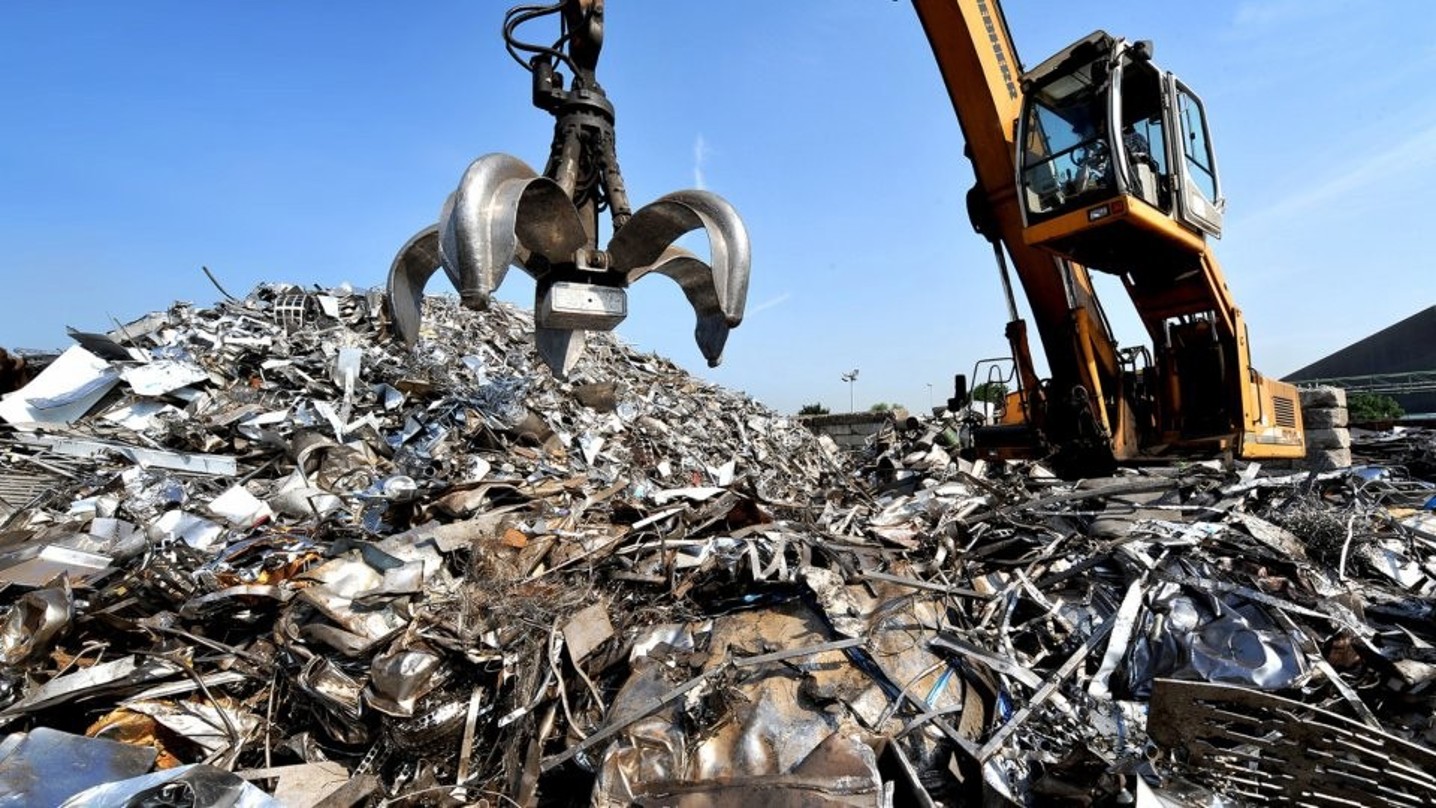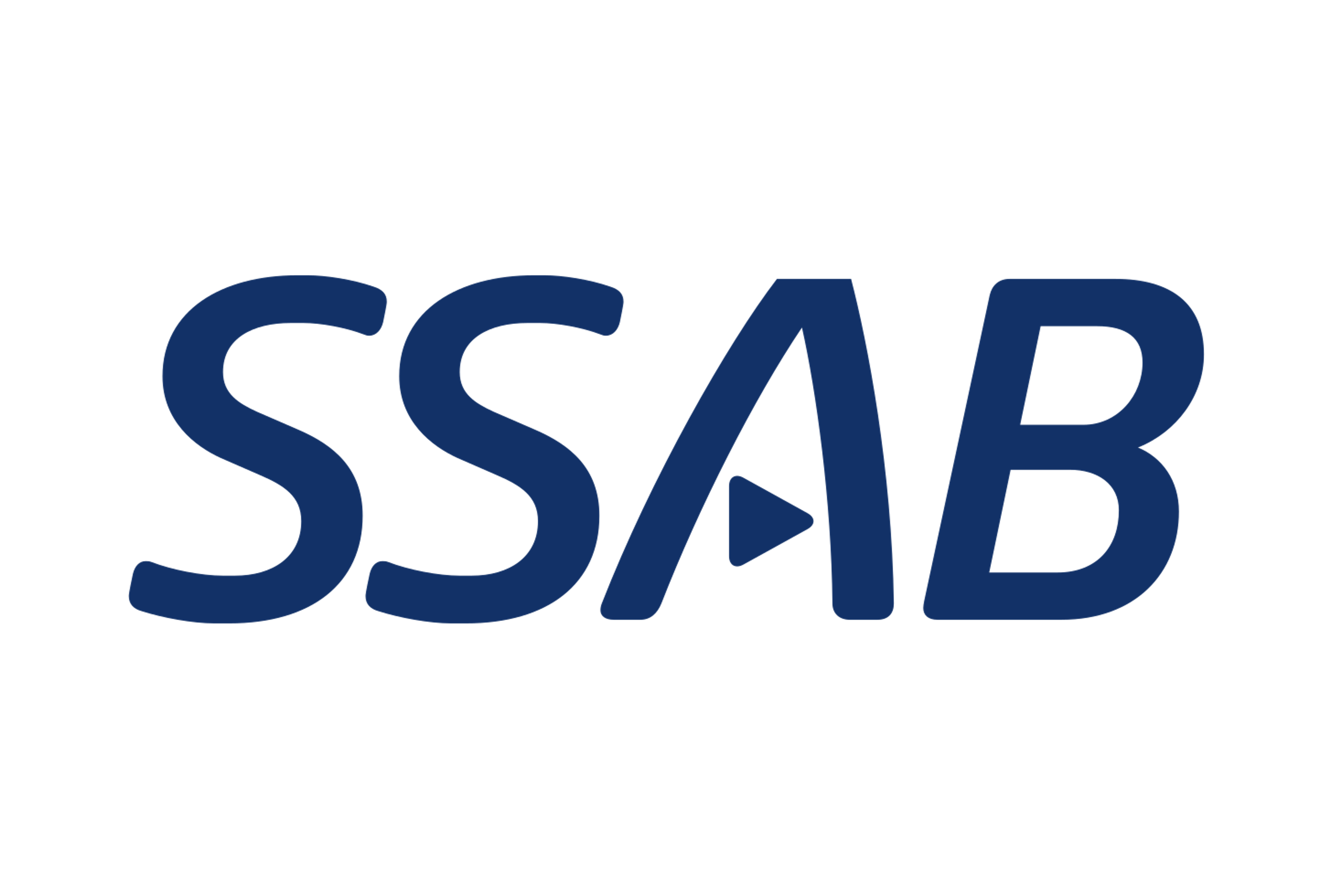Analysis

May 12, 2022
Final Thoughts
Written by Michael Cowden
Steel prices have peaked and are trending downward – and fast, according to the latest SMU survey results and comments from market participants.
The consensus: the war in Ukraine reset the steel market to roughly where it was on Jan. 1. And now the market is trending downward at least as fast as it was in January and February, before the war.

Pick your indicator: Lead times, mill negotiations or scrap prices. All are lower. In short, we’ve gone from a seller’s market to a buyer’s market in just a few weeks.
The big question is no longer whether prices have peaked but how far and how fast they fall. Another big question: Has demand peaked too and, if it has, when will the market recover again?
We’ll leave that to the experts. Here is what we know from our survey. We asked respondents, “When do you think HRC prices will peak and why?” There were more “already peaked” responses than we could fit in the space below. Here are some of them:
“Already have peaked and moving lower. Mills 100% negotiating everything right now.”
“Already have and on their way down. The big question: How fast and how far do they go?”
“Prices are on their way down. There is no more peak.”
“No reason for current prices staying where they are.”
“I think most would argue that we’ve already peaked. And even a true bull amongst bulls like me would agree with that assessment.”
A few optimistic souls bucked the “already peaked” consensus:
“Demand seems steady for construction, and oil and gas demand is increasing. Imports are still risky due to projected domestic weakness – so HRC might stay elevated.”
The reasons given for the slowdown in prices varied. Many centered around the market adjusting to the war in Ukraine, new domestic EAF sheet capacity ramping up, and concerns about the broader economy. (Inflation, meet deflation.) Here are a few examples of what survey respondents had to say when asked why prices were falling:
“Stability in the supply chain after the Russian invasion.”
“Dead cat bounce reaction to Russia-Ukraine War.”
“Scrap prices are falling, and more capacity is coming on from outages finishing up and expansions ramping up.”
“More capacity, less demand.”
“Demand will weaken as the economy slows in Q3 and Q4.”
The result: Many buyers are on the sidelines again, just as they were before the war. SMU asked, “Are you an active buyer or staying on the sidelines, and why?” Here are some responses.
“We are ‘active’. But only for what we truly need.”
“Buying what we are selling, no more, no less.”
“I have sufficient inventory and can wait for prices to drop to place new orders.”
“Active, but only buying what we need according to lead times.”
That’s a lot of gloom. I don’t want to say the steel market is doomed in the second half. At least not until the results of our full survey are out. We will have those to you tomorrow, on Friday the 13th.
Thanks, everyone. All of us at SMU appreciate your business, and you taking the time to share your insights with us.
Michael Cowden, Michael@SteelMarketUpdate.com







